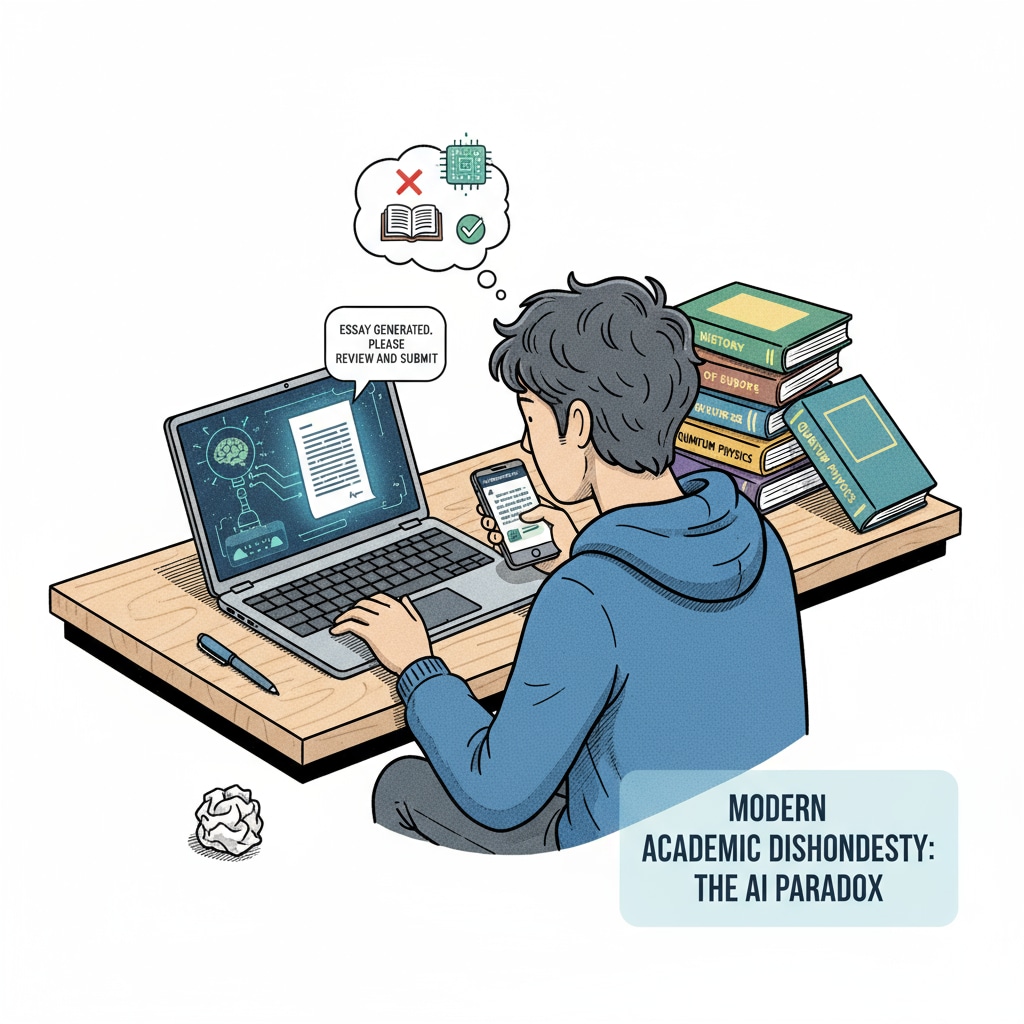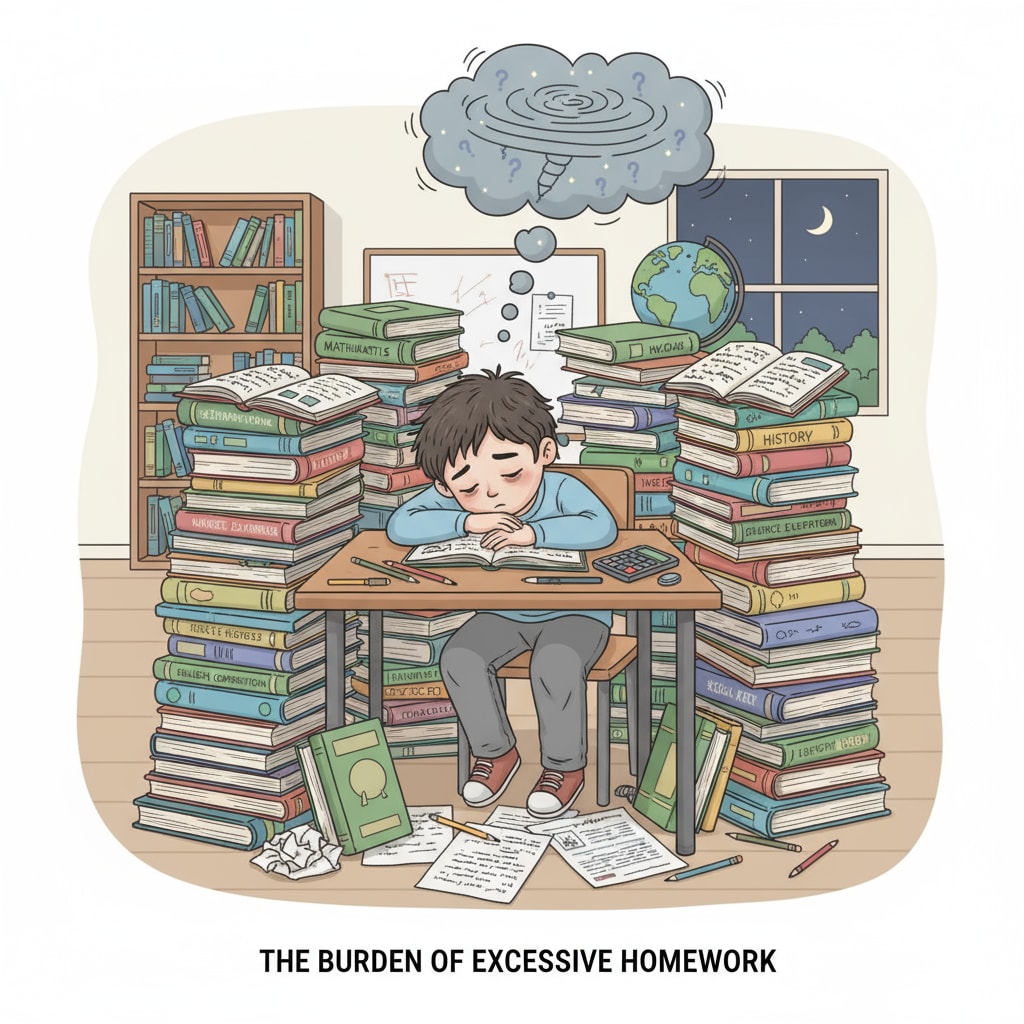Student cheating, ChatGPT, homework, and children’s free time are all intertwined in the current educational landscape. The rise of AI tools such as ChatGPT has brought about a new wave of challenges for educators. As these tools become more accessible, students are finding innovative ways to use them for academic dishonesty.

The New Face of Student Cheating
ChatGPT and similar AI platforms have made it alarmingly easy for students to cheat. For instance, they can simply input assignment questions and receive detailed answers within seconds. This form of cheating is difficult to detect as the generated responses often appear well-written and researched. According to Educause, educators are now grappling with how to identify work that has been generated by AI rather than by the students themselves.
Rethinking the Value of Homework
Amidst this cheating crisis, it’s essential to question the very value of homework. Traditionally, homework was seen as a way to reinforce learning, but is it still effective in the digital age? Many students spend hours on homework, leaving little time for other activities. Research from the National Education Association suggests that excessive homework can lead to stress and burnout among students. Maybe it’s time to reevaluate if the benefits of homework outweigh the negative impacts on children’s well-being.

Moreover, in an era where information is readily available at our fingertips, the role of homework in providing additional knowledge might be diminishing. Instead of spending hours on rote tasks, students could be using their time more creatively, exploring topics that genuinely interest them.
Readability guidance: By examining these aspects – the new forms of student cheating, the value of homework, and the need for children’s free time – we can start to find a better balance in education. It’s crucial to address these issues to ensure that students are truly learning and growing, rather than just finding ways to get around academic requirements.


